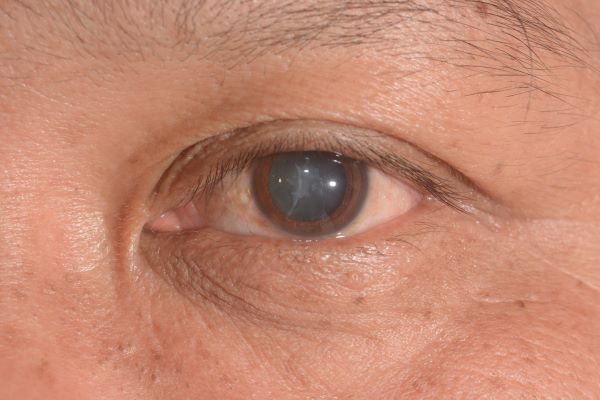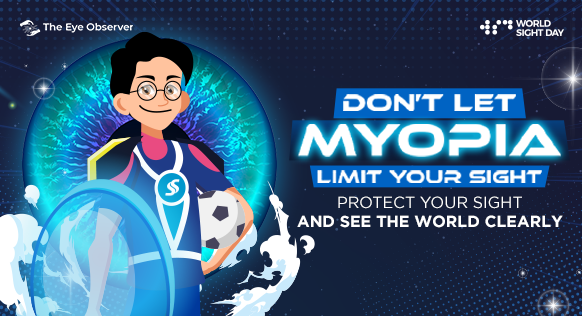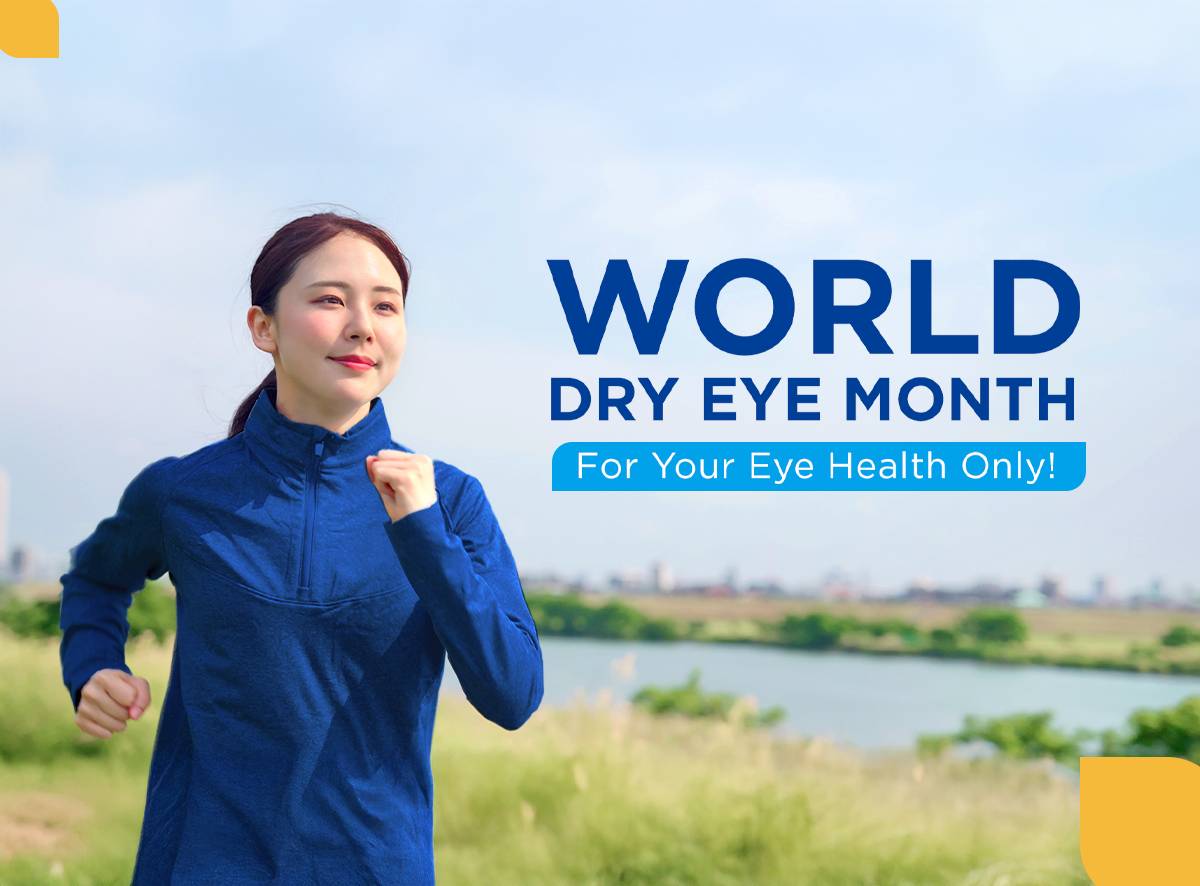Ask The Observer
Symptoms of DED vary and may include stinging, burning or sensitivity to light, watery eyes, blurred vision, etc. In addition to these symptoms, DED may cause inflammation on the surface of the eye.
Your eyes need enough tears to stay healthy and comfortable, so every factor affecting the quantity, or the quality of tear film can create dry spots on the eye surface, leading to irritation:1,6
Low quantity of tears:
- Aging, hormones, some medical conditions (diabetes, Sjogren's syndrome…), certain medications (blood pressure drugs, antihistamines, antidepressants), eye surgery, damaged tear gland
Increased evaporation of tears:
- Wind, smoke or dry air; reduced rate of blinking
Dysfunction of the oil glands in your eyelid
DED is not universal, it affects about 6.5 to 12% of population in Singapore, but with age, we all lose a bit of tear quantity and quality, which increases the risk of having dry eye.7
In general it is a chronic condition. In some cases it is possible to identify a cause that can be solved, such as refraining from taking certain medications, changing contact lenses frequently, etc., but in most of the cases you need to live with it.1-2
If your vision fluctuates throughout the day or from one day to the other, and in addition your eyes feel irritated and scratchy, then you may have DED. In more severe cases, it can cause alterations of the eye surface and subsequent loss of vision, so you should seek medical advice if you have doubts.1-2
Artificial tears are physiological solutions based on polymers that retain water on the eye surface. They can improve both the quantity and quality of tears. Artificial tears are completely safe if not carrying any preservatives and be used correctly. It is important to note that artificial tears offer only temporary relief and do not treat the underlying disease. Please consult an ophthalmologist when symptoms do not abate or recur.1-3
The bottled products with preservatives can be safely used up to 4-6 times a day. The single-use, preservative free artificial tears can be used up to 10 times a day. In any case, don’t overuse them. Follow the recommended dosage of the manufacturer.1-3
The link between digital device use and dry eye has been well established. Each eye blink restores the tear film that protects your eyes, but when you stare at a screen, you will tend to blink incompletely and less frequently. Therefore, your tear film becomes unstable and easily breakable, leading to dry eye. Try to reduce your screen time before it’s too late!1-2, 8
- If you have dry eye, you can go for artificial tears or eye drops that contain water-holding molecules like sodium hyaluronate. You can be prescribed for you a drug that increases the tear production.1-3
- If you have dry eye plus signs of irritations (itchy, red eyes), you may need an anti-inflammatory/decongestant agent. For such eye drops, please follow usage instructions precisely.1-3
- If you wear contact lenses, check with your doctor before you use any other kind of eye drops.1-3
- In any case, seek medical advice if your problem persists or worsens with your eye drops.1-3
If you think you have dry eye disease, make an appointment with an ophthalmologist to get your eyes examined.
References:
- Suvarna P. Phadatare, et al. A Comprehensive Review on Dry Eye Disease: Diagnosis, Medical Management, Recent Developments, and Future Challenges. Advances in Pharmaceutics. http://dx.doi.org/10.1155/2015/704946
- Dry eyes. Mayo Clinic. https://www.mayoclinic.org/diseases-conditions/dry-eyes. Last accessed August 25, 2019.
- Facts About Dry Eye. The national eye institute. https://nei.nih.gov/health/dryeye/dryeye. Last accessed August 25, 2019.
- C Stephen Foster. Dry Eye Disease (Keratoconjunctivitis Sicca). Medscape. Last accessed August 25, 2019.
- Li DQ1, Chen Z, Song XJ, Luo L, Pflugfelder SC. Stimulation of matrix metalloproteinases by hyperosmolarity via a JNK pathway in human corneal epithelial cells. Invest Ophthalmol Vis Sci. 2004 Dec;45(12):4302-11. https://www.ncbi.nlm.nih.gov/pubmed?term=15557436
- The definition and classification of dry eye disease: report of the Definition and Classification Subcommittee of the International Dry Eye WorkShop (2007). Ocul Surf. 2007 Apr;5(2):75-92. https://www.ncbi.nlm.nih.gov/pubmed?term=17508116
- Tan LL, Morgan P, Cai ZQ, Straughan RA. Prevalence of and risk factors for symptomatic dry eye disease in Singapore. Clin Exp Optom. 2015 Jan;98(1):45-53. doi: 10.1111/cxo.12210. Epub 2014 Sep 30. https://www.ncbi.nlm.nih.gov/pubmed/25269444
- Protect Your Eyes From Too Much Screen Time. American Academy of Ophthalmology 2019. Last accessed: August 25, 2019.
Popular posts
- Expert Opinions
- Eye Stories
- Understand your eyes














